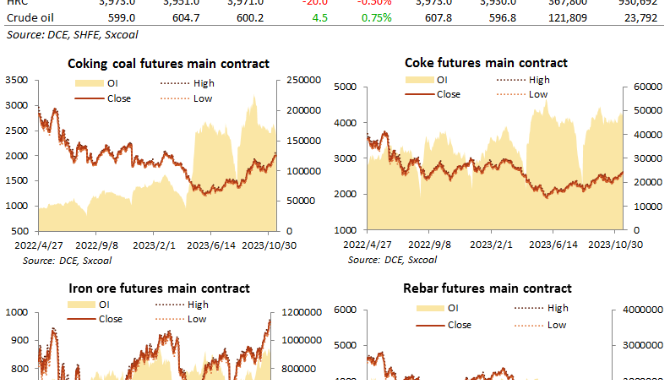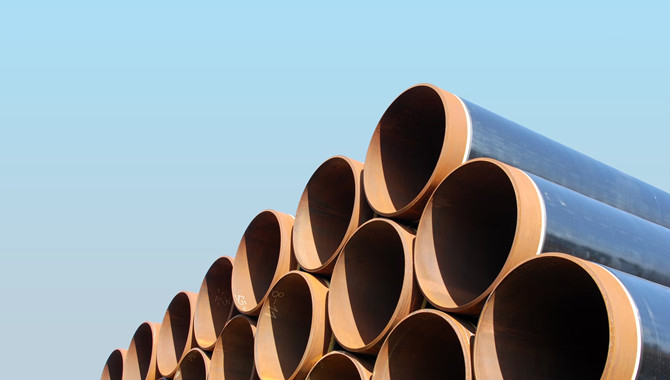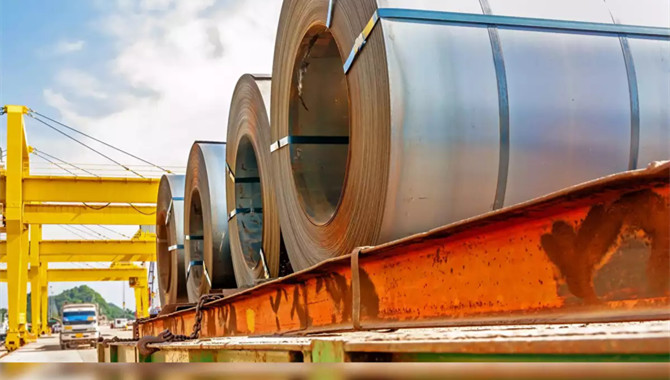
The growth rate of China’s imports of major commodities has accelerated in recent months, indicating Beijing’s stimulus efforts may be bearing fruit and that the impact of its trade dispute with the United States may not be as bad as feared.
On the surface, China’s imports of major commodities in November presented a mixed picture, with month-on-month gains in crude oil and copper, and declines in iron ore and coal.
But it’s probably more useful to look at the prevailing trends in the year-on-year and year-to-date movements, and here a clearer pattern emerges.
Chinese crude oil imports reached a record 11.13 million barrels per day in November and are up 10.5% for the first 11 months of the year compared to the same period last year, customs data showed on Monday.
For the first 10 months, the year-to-date gain was also 10.5% and for the first nine months it was 9.7%.
This shows not only that crude oil imports have been growing strongly, but also that the rate of growth has risen slightly in the past three months.
For copper, November imports were at a 13-month high of 483,000 tonnes for unwrought metal and 2.16 million tonnes for ores and concentrates, gains of 12.1% and 12.7% from October, respectively.
For year-to-date, unwrought copper imports were down 8.5% in November, but this represents an improvement on the 10% drop in the first 10 months and an 11.3% decline in the first nine.
For ores and concentrates the year-to-date growth in November was 10.2% over the first 11 months of 2018, up from year-to-date growth of 8.3% in the first 10 months, and 6.8% in the first nine.
Iron ore imports were 90.65 million tonnes in November, down from October’s 92.86 million, but up 5.1% from 86.25 million in November last year.
For the first 11 months of the year, iron ore imports were down 0.7% from the same period in 2018, an improvement on the decline of 1.6% for the first 10 months and a drop of 2.4% for the first nine months.
This is partially a reflection of improved supply as shipments from Brazil recover from being hampered in the first half of the year, after mines were closed for safety inspections in the wake of a fatal dam collapse in January.
It’s also likely a result of stronger demand for ore from steel mills, given gains in steel production and a recent recovery in profit margins.
Coal imports were 20.78 million tonnes in November, down 19.1% from October’s 25.69 million tonnes, but up 8.5% from November a year earlier.
In some ways it’s surprising coal imports didn’t drop further given the government’s informal aim of limiting total annual imports in 2019 to the same level as in 2018.
That target, though, has already been exceeded with imports in the first 11 months reaching 299.3 million tonnes, above the full year total of 281.2 million in 2018.
For the first 11 months of 2019, coal imports were 10.2% higher than in the same period last year, an acceleration on the 9.6% growth for the first 10 months and the 9.5% rise in the first nine months.
WEATHERING TRADE WAR?
Putting together the data for China’s imports of four major commodities and the picture that emerges is one largely of resilience and accelerating growth in recent months.
This has also been reflected in the upward tick in the Purchasing Managers’ Index (PMI) in recent months, with China’s official PMI rising to 51.8 in November from 51.7 in October, staying above the 50 level that separates growth from contraction.
The PMI is signalling signs of a recovery in manufacturing, and it also appears stimulus measures to support infrastructure and construction spending are starting to show up in demand for commodities.
It is too early, however, to conclude that China, the world’s second-largest economy, has successfully weathered the trade spat with the United States, since there are also still risks that the tit-for-tat tariff war can escalate further despite recent signs of an easing of tensions.
Source:Reuters
The opinions expressed herein are the author's and not necessarily those of The Xinde Marine News.
Please Contact Us at:
admin@xindemarine.com


 PIL launches Academy to strengthen workforce compet
PIL launches Academy to strengthen workforce compet  Coal shipments to advanced economies down 17% so fa
Coal shipments to advanced economies down 17% so fa  China futures market updates at close (Nov 14)
China futures market updates at close (Nov 14)  CISA: China's daily crude steel output down 5.7% in
CISA: China's daily crude steel output down 5.7% in  China futures market updates at close (Oct 31)
China futures market updates at close (Oct 31)  CISA: China's daily crude steel output down 1.2% in
CISA: China's daily crude steel output down 1.2% in